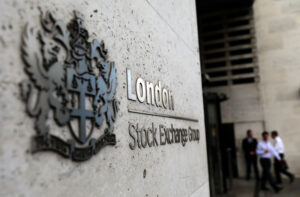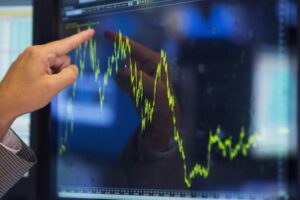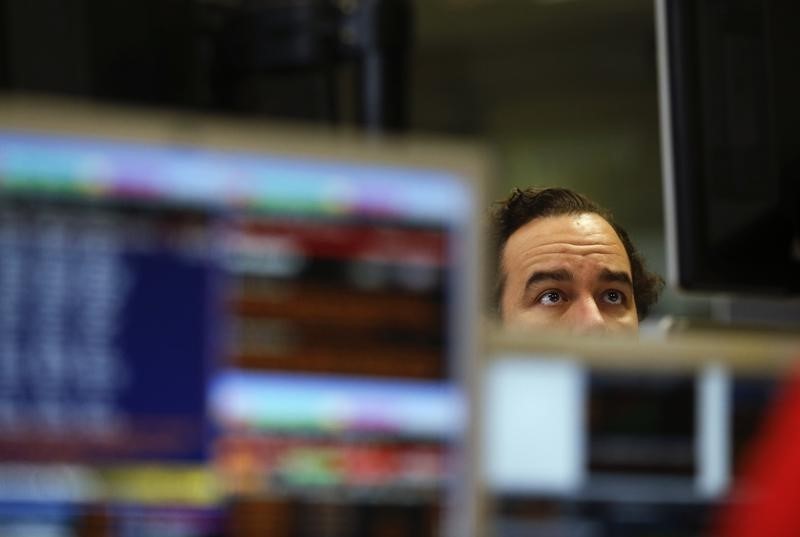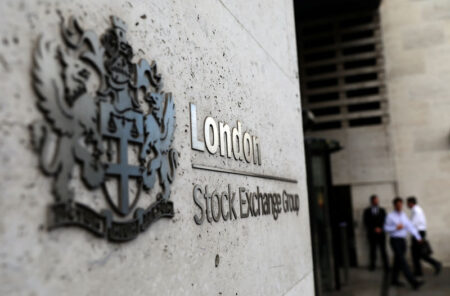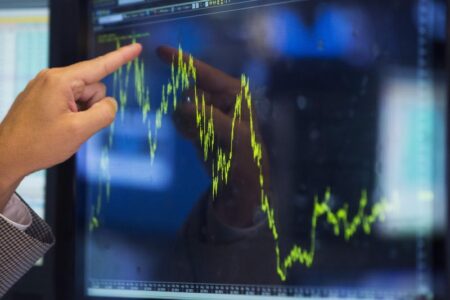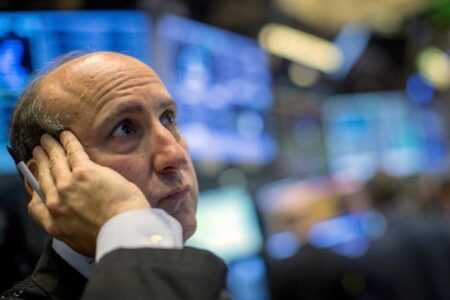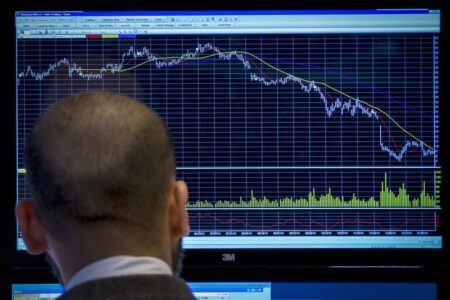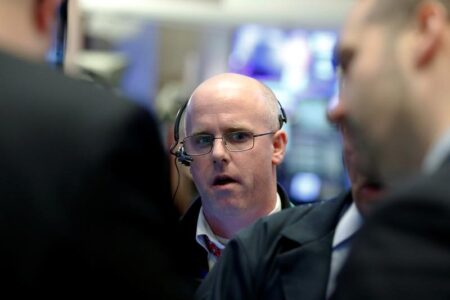The latest US economic data, particularly the July payrolls report, has added to investor concerns about a potential recession, prompting speculation that the Federal Reserve may need to act sooner than expected.
As a result, global stocks experienced a sharp sell-off on Monday.
While the pain for most investors after a hectic month is still modest compared to the market rally since last October, the growing recession risk “that could lead to more downside begs the question whether the Fed ‘put’ will be exercised too late,” UBS strategists said in a Monday note.
Despite these concerns, UBS maintains that the risk of an imminent recession remains relatively low. The investment outlook for the next six to twelve months is stable, with US equities’ risk-reward slightly improved due to recent market pullbacks. Still, market volatility is expected to persist until economic and Fed policy uncertainties are resolved.
“Investors will remain on edge until supportive macro fundamentals reassert themselves,” Draho added.
The labor market data, influenced by factors such as Hurricane Beryl and auto plant disruptions, suggests a cooling but stable employment scenario. The unemployment rate’s rise to 4.3% has triggered the Sahm recession rule, which traditionally signals a recession. However, Draho argues that this increase is due to a larger labor supply rather than a drop in demand.
“Initial jobless claims are still very low by historical levels, indicating solid labor demand,” strategists explained.
They also highlight that consumer spending appears to be normalizing rather than deteriorating. Despite reports of softer spending during the second quarter earnings season, key data points like June retail sales and personal consumption expenditure suggest stable growth.
“Households are in good financial shape overall, with positive real income growth and low average debt servicing costs,” the note states.
UBS now expects the Fed to implement rate cuts totaling 100 basis points this year, starting with a 50 basis point cut at the September FOMC meeting, representing a marked adjustment from earlier expectations of 50 basis points total cuts and a smaller initial reduction.
Market sentiment is increasingly aligned with this aggressive action.
“The market is pricing for nearly 120bps of cuts this year, and about a 75% chance of a 50bps cut in September,” UBS pointed out.
Investor behavior is also reflecting heightened caution, the bank notes. The options market indicates a surge in demand for downside protection, with the put-call skew rising and the implied volatility term structure inverting. This reflects fears that the Fed may be slow to react to slowing growth, increasing recession risks.
“Investors are now willing to pay a lot more for downside protection than upside optionality,” strategists observed.
In conclusion, while near-term market volatility is likely, UBS believes the Fed will act decisively to prevent further economic weakening.
“With the data and market pricing allowing for aggressive action, we believe the Fed won’t want to be slow in reacting to evolving economic conditions. In other words, expect the Fed put to be exercised sooner rather than later,” strategists continued.
They believe that concerns about growth and a lagging Fed could prove to be unfounded. This could happen as early as next month if August payrolls rebound and potentially suggest that the July data was distorted.
Read the full article here




